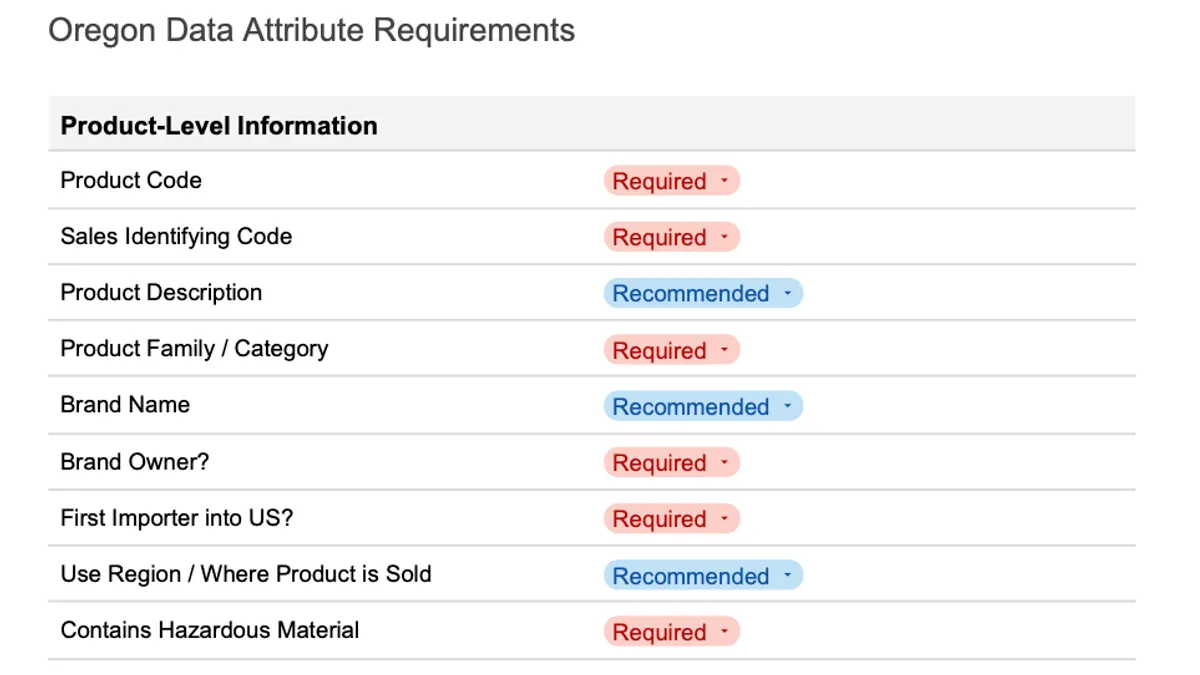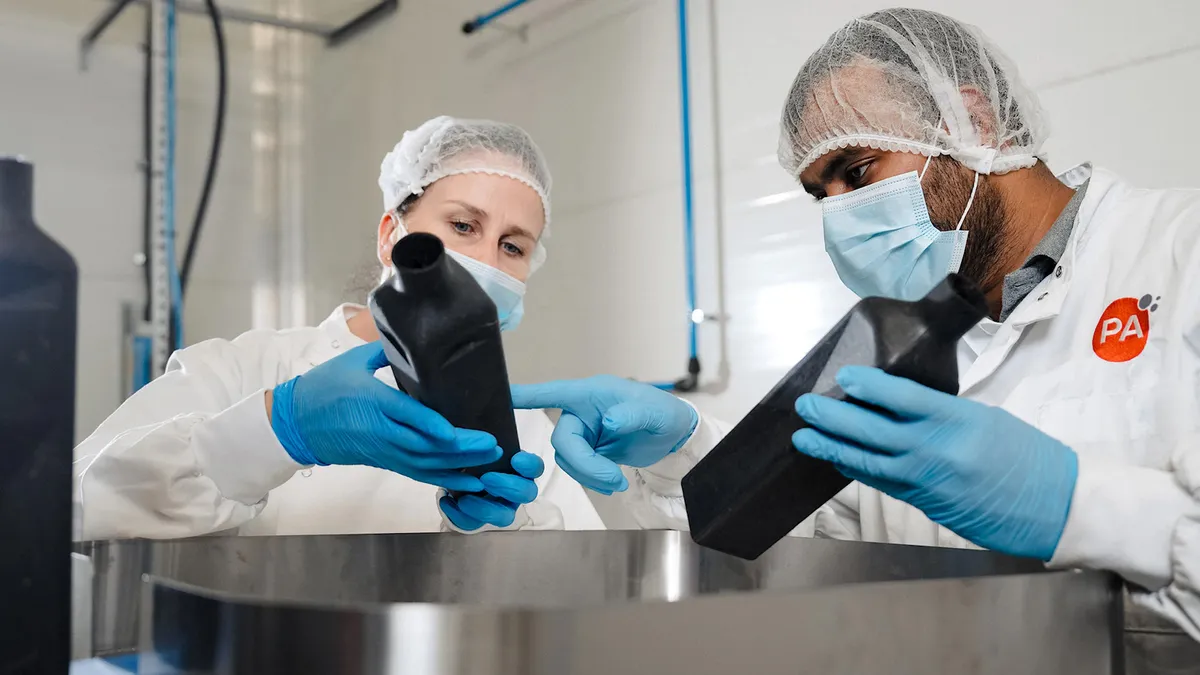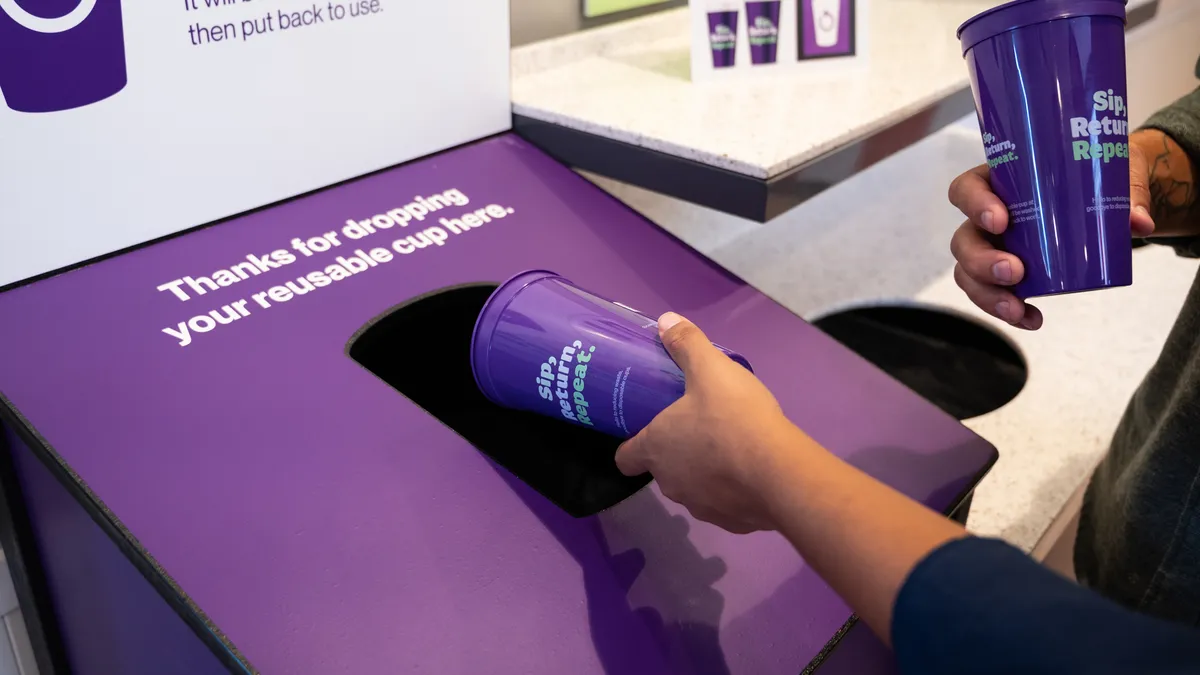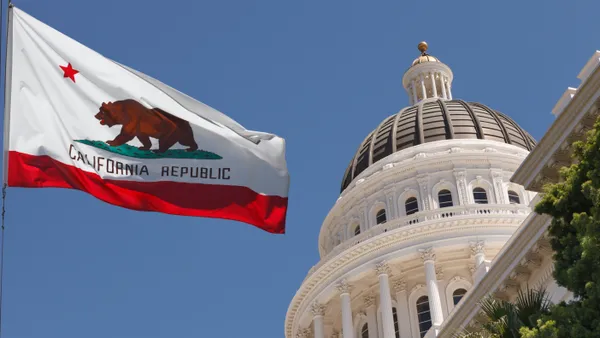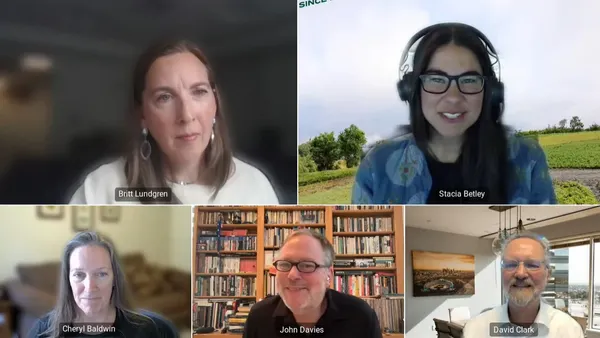Dive Brief:
- A new coalition of packaging suppliers, brands, retailers and technology providers has created an open-source template to ease the minimum data reporting process for extended producer responsibility laws.
- The Sustainable Packaging Data Council features representation from across the value chain, with a list of founding members that includes Specright, Lorax EPI, Sonoco, Atlantic Packaging, Tyson Foods and Costco. Private-label retailers were among those particularly engaged because they have “probably the most complex channel of data gathering,” said Specright Executive Chairman Matthew Wright.
- The council, which formed early in 2025, recently launched a free template for reporting in Oregon and plans to develop future templates for other EPR regulations in the U.S.
Dive Insight:
2025 marks the first time producers have to assess and report supply data in the U.S. to comply with current and forthcoming state packaging EPR laws.
The council’s goal is not to monetize the templates, but “to simplify the tremendous amount of redundant data-gathering the companies are doing, or wrong data-gathering,” said Wright. “The intention of this is to enable companies do great things instead of chasing data.”
Council members say their work fills a gap that is not covered by agencies, associations or producer responsibility organization Circular Action Alliance, which is more focused on meeting states’ needs. “Ours is trying to simplify the data needs for the industry,” Wright said.
State laws spell out covered material categories, but don’t necessarily clarify how that’s interpreted into data points. “It wasn't that we needed more information to read or understand. It was really: What's the data need?” Wright said.
Katie Krasts, senior product manager at Specright, elaborated on this. “Some entities, some producers, were asking for too much data, and some were asking for too little data,” she said.
Initially there were some intellectual property-related concerns and hesitation around data-sharing. “One of the challenges was [paring down a] minimum viable list” so suppliers that were reluctant to share more detailed material data became comfortable, Krasts said. “I think that we were able to achieve that in the end.”
The partners hope the tool helps make reporters more confident. “EPR is so new in the U.S., and it's an add-on responsibility,” said Krasts. “Hopefully this is just something that will be able to give them peace of mind that they're doing what they need to do.”



